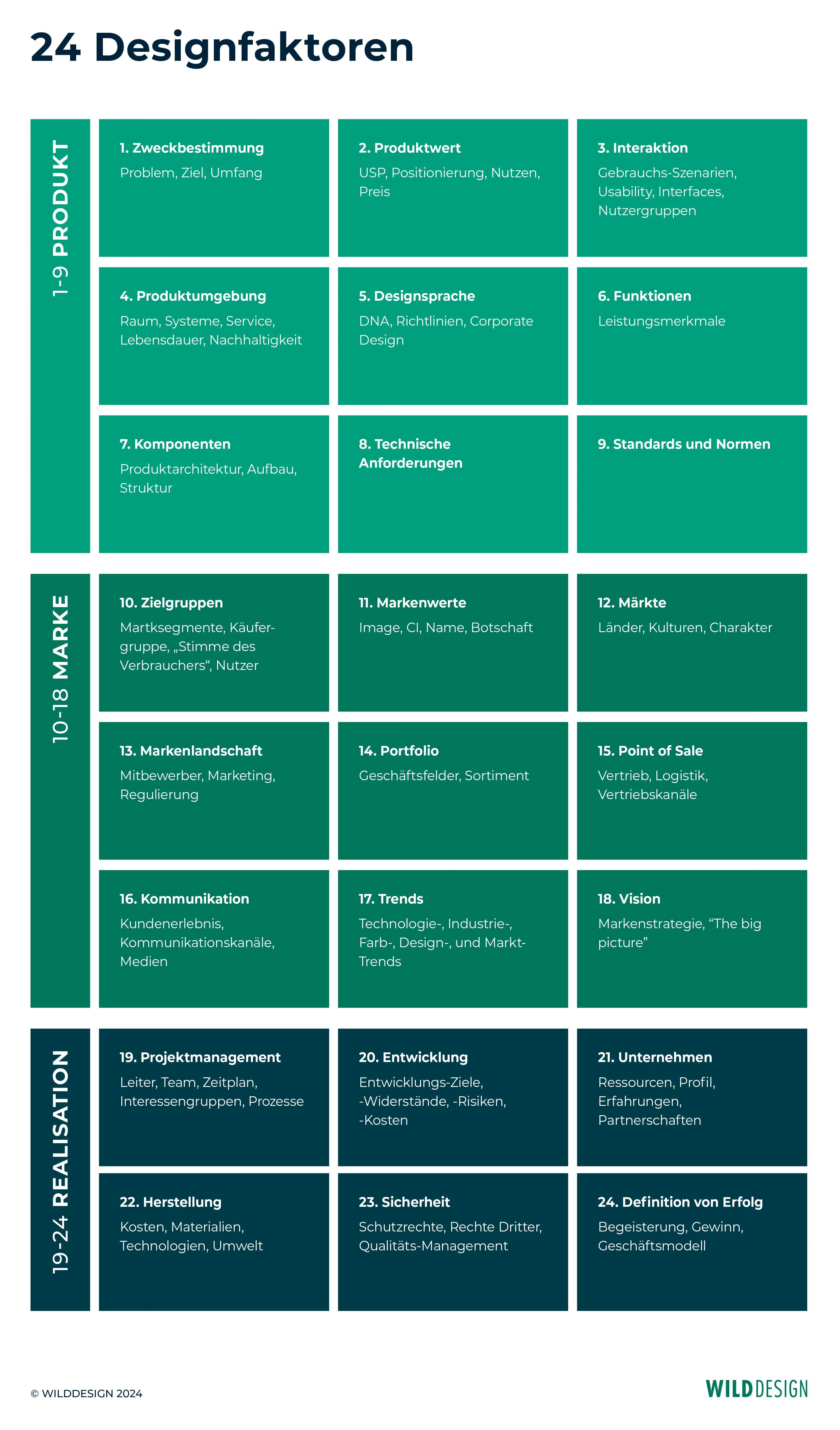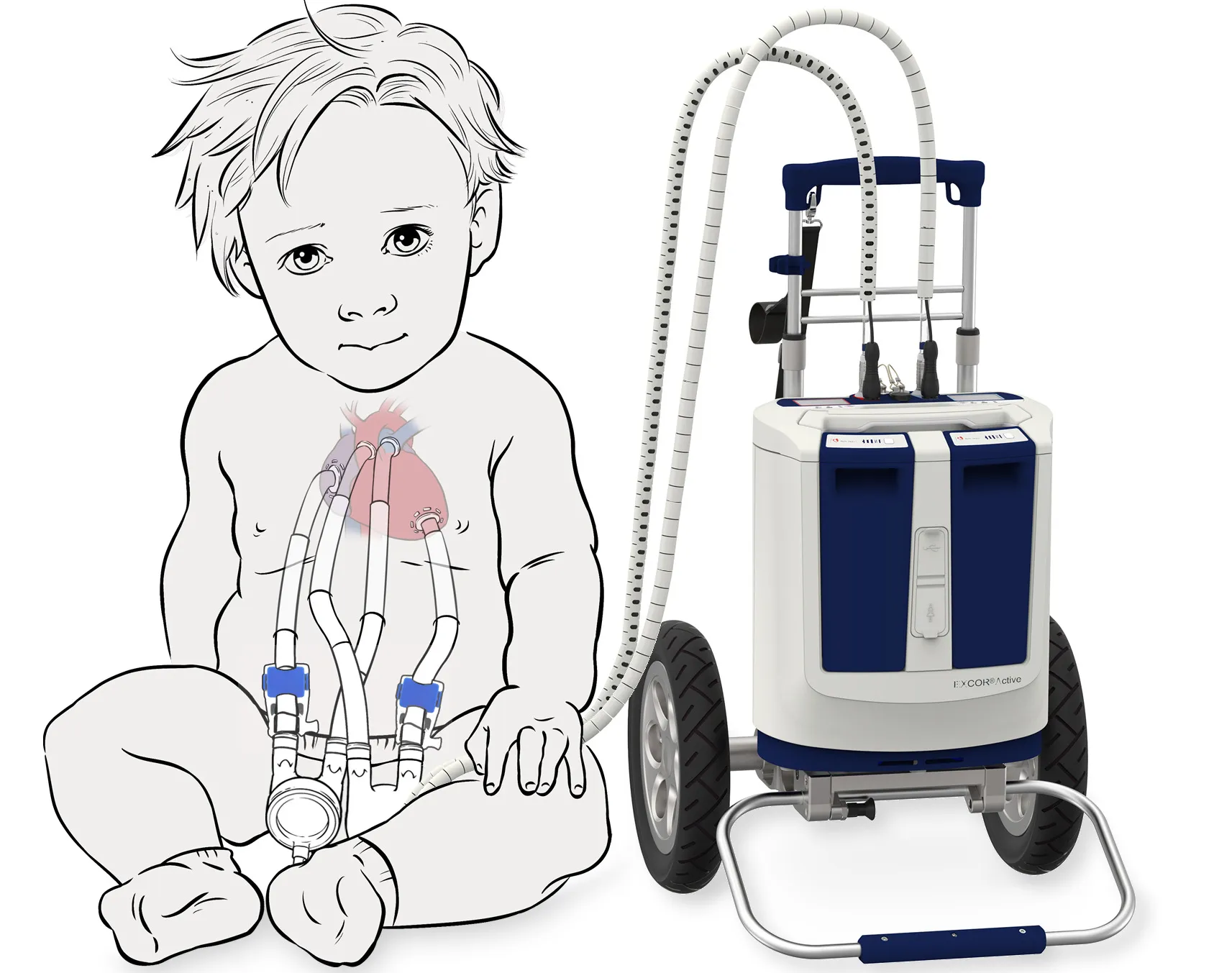Expertise
The perfect design briefing or: how do I tell my designer?
Good communication is a challenge in any project. A "briefing " before it even starts can help enormously. From military jargon, the term briefing has also established itself in the marketing and design sector, as has its implementation. The English term (to) brief can mean both " to brief" and "to instruct". This already shows what a briefing is: a brief introduction to a project.
Why is the design briefing so important?
The briefing is the foundation of a successful collaboration. Even experienced designers often underestimate the value of the briefing. The goal is an open exchange in which both client and designer can clarify all important questions. In order to achieve a higher level of trust and to be able to speak openly, a non-disclosure agreement (NDA) should be concluded beforehand. This trust is necessary as both parties are disclosing sensitive information about themselves. Avoiding questions because it is uncomfortable or touches on economic issues - e.g. the target price of a product - can jeopardize the project.
What does a good briefing look like?
Unfortunately, there is no single truth for the perfect briefing. What exactly the design briefing looks like depends on the situation. Anything is possible, from a casual meeting to a multi-page document. What is relevant, however, is the result. The exchange between client and designer must result in a clear project brief that answers all important questions. The briefing is not the only opportunity to exchange essential information, clarify questions and follow up, but the earlier this is done thoroughly, the better the basis for good design work.
There should be no taboos in the briefing and designers must critically reflect on everything that is said: What is this all about? What are the most important points? Are the client's assumptions plausible? By asking specific questions, they must take the initiative to get to the heart of the relevant aspects, similar to a journalistic interview. Based on the briefing, it must become clear whether the project is realistic in its assumed form.
A good briefing can even include a roadmap for the final task. It not only takes place before the assignment, it is also its cornerstone. The designers therefore already do a lot of work in advance. In our experience, about five to ten percent of the total effort can be attributed to this phase. Not exactly a small amount. Nevertheless, it makes no sense to take shortcuts here. Commitment and critical questioning can also create a particularly trusting relationship here.
What can go wrong? How do I prevent this?
However, a briefing is not without its pitfalls. Designers and clients exchange a large amount of information. It is easy to get caught up in the small details and lose focus. First and foremost, it is important to understand the context and filter out the essence of the product or project. Ideally, the customer puts themselves in the designer's shoes and asks themselves what information they need to implement the project in the best possible way.
Design is a matter of trust, so the chemistry between agency and client must be right. There must be a shared view of the project, which may differ from the initial idea. Both sides form an idea of the matter and look at the project from their specific perspective - and that is precisely why you should always understand or ask about the unspoken assumptions.
Even in long-established collaborative relationships, you should put the relationship aside in the briefing and take a critical look at the task at hand. But a good relationship with the customer also harbors dangers: Especially when making recommendations, it is easy to forget to maintain a critical distance and neglect the briefing. Practical tip: It's better for the designer to take the lead and ask what they don't understand than for the client to give a long lecture.
What is essential in a briefing?
Even if a briefing can take different forms, some information must be conveyed in any case. A concrete project name, for example, is at the beginning so that you can talk clearly about the task. Precise language with concrete terms is essential for understanding. The three most important questions for the first project profile are What is the purpose of the project? What does the object look like? And: What result should be achieved? A brief description, intention and purpose should be discussed in the briefing.
Many projects involve innovations that are difficult to describe. Here it can be helpful to draw comparisons with other products or solutions from the competition. The briefing also defines which parties and people are involved. Responsibilities must be clearly assigned. A precise description of the task and differentiation from other tasks and responsibilities can help.
What can I use as a guide?
The designer and client also agree on the scope of the project at this point. This includes the time frame, but also the financial framework. Milestones can be set in terms of time planning. Effort, cost framework and price details such as the target price and investment costs must not become a taboo subject. This is the only way for designers to create a product on an appropriate scale. For us at WILDDESIGN, the 24 design factors have proven their worth as a comprehensive checklist in the briefing. Depending on the project, you can focus on certain aspects that should be at the forefront of the briefing.

The 24 design factors are also helpful in the case of a pitch, a competitive presentation against other providers. Here, it is important to prepare a clear briefing in written form. This is the only way a customer can objectively compare the bids of the applicants. With the 24 design factors, the project is described comprehensively and from all angles. It is usually a good guide, even for inexperienced clients.
So there is no one right way to the perfect briefing. There can be different approaches - the important thing is that in the end both sides talk about the project and mean the same thing.
What is your experience with briefings? Do you use the 24 design factors? Please write us a comment!
Further links:
24 design factors
Template for a briefing
VDID: Fees and contracts
Creating The Perfect Design Brief - Peter L. Phillips
04 Tips from the expert
- Conduct an open and thorough briefing
Start every project with a detailed interview between you and the designer. Let the designer take the lead. Clarify all important questions at an early stage to avoid misunderstandings. - Avoid taboos and address sensitive topics
Topics such as target price, investment costs and economic aspects should be discussed openly. Only through honest communication can realistic goals be set and later problems avoided. - Use clear and precise language
Use exact terms and concrete descriptions. An unambiguous project description and clear numerical objectives help both sides to understand the project goal precisely and work towards it efficiently. - Use tools such as the 24 design factors
Use proven tools such as the 24 design factors as a checklist in the briefing. This ensures that all relevant aspects are taken into account and allows you to maintain an overview of complex projects.
Frequently asked questions






